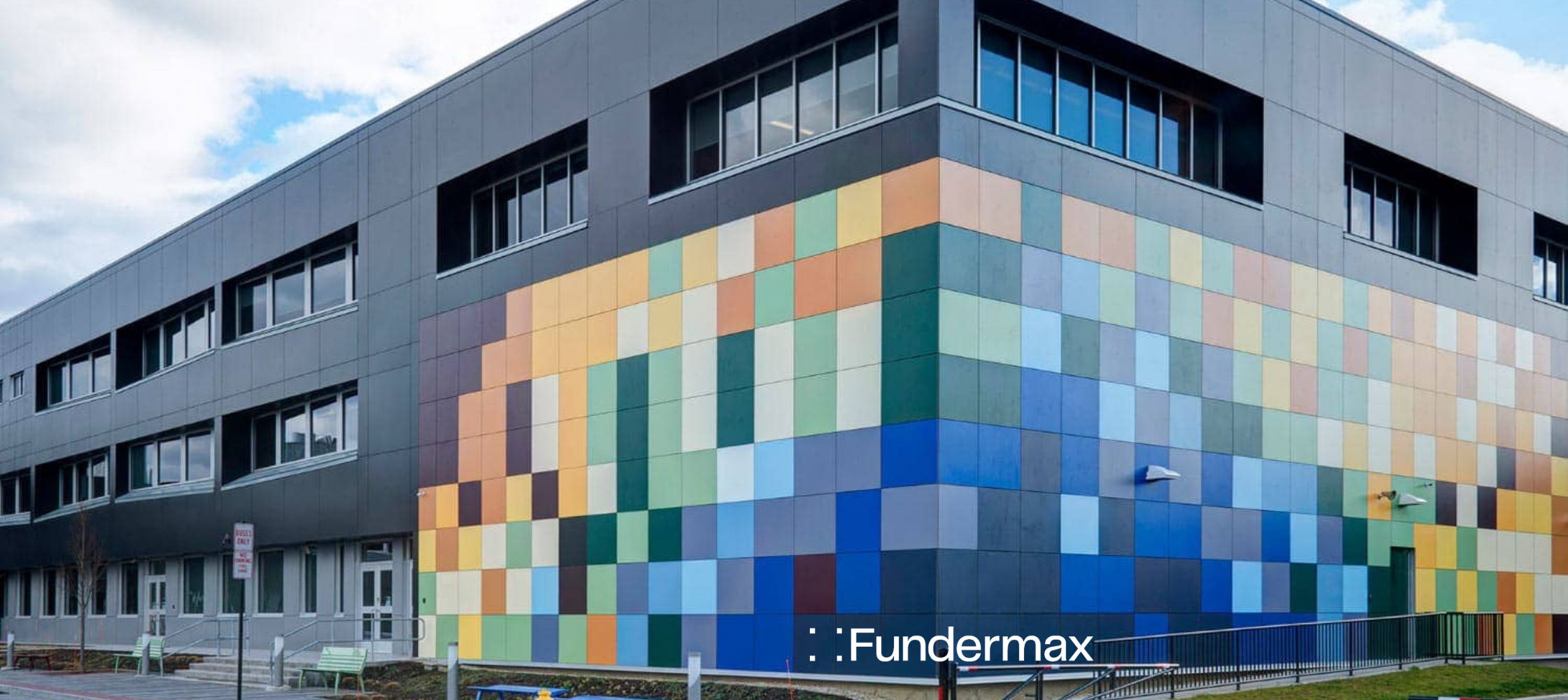
Longevity of Phenolic Panels: How Long do Fundermax Panels Last?
| Last updated August 26, 2025
Wall panel longevity is a matter of durability, sustainability, and product quality. Choosing a phenolic wall panel system gives your building the advantage of a long panel lifespan, which can make all the difference in your project investment.
In this article, we will answer questions including, “How long do phenolic panels last?”, and we’ll consider how and why phenolic panels are made to last so long and whether wall panel longevity affects design.
How Long Do Phenolic Panels Last?
Behind the question of how long phenolic panels last, we find what many people really want to ask is, “How often do I have to replace phenolic panels?” The answer to both questions is a positive one, both for owners and for the environment.
Phenolic panels are manufactured for ultimate durability, resulting in unparalleled product longevity. Due to the material composition, a high-quality phenolic wall panel has a lifespan of 40-60 years. On top of that, maximum longevity can be reached with minimal maintenance.
How Are Phenolic Panels So Durable?
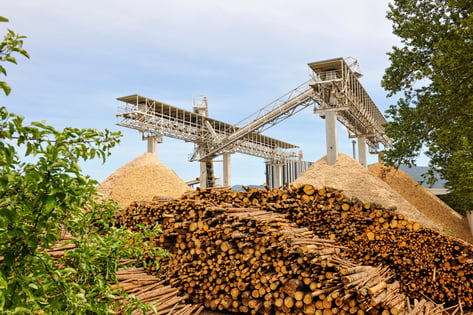
Understanding the phenolic panel lifespan begins with understanding how they are made. Phenolic cladding panels consist of a kraft paper core made of natural cellulose fiber composed primarily of wood.
Leading phenolic panel manufacturers, including Fundermax, source these raw materials from vendors certified by the Forest Stewardship Council (FSC) and/or the Programme for the Endorsement of Forest Certification (PEFC).
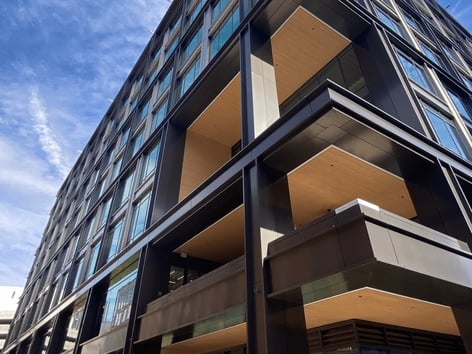
Phenolic resin and decorative layers are then added to the kraft paper layers and cured under high heat and pressure in excess of 1,000 PSI. The resulting material is a nonporous weather-, UV-, and chemical-resistant material that does not chip, peel, or delaminate.
The kind of wall panel longevity offered by phenolic panels is rooted in the durability and low maintenance of the material. The graffiti-, scratch-, and weather-resistance of phenolic cladding panels, combined with the durability to withstand harsh cleaning when necessary, result in high wall panel longevity with low maintenance.
Why Are Phenolic Panels Made to Last So Long?
One reason Fundermax panels are made for maximum wall panel longevity is to support our focus on sustainability. In addition to choosing responsibly sourced materials and using materials that promote energy efficiency and low emissions, builders and architects can further reduce negative environmental impact by choosing durable materials with a long lifespan, which minimizes waste.
Another reason Fundermax panels are designed to achieve the maximum lifespan is so that buyers get their money’s worth.
Many of the same features that reduce environmental impact also serve to save money over time, namely energy efficiency, which reduces expenses for building owners and tenants, and durability and longevity of materials which reduces the cost of ownership. Learn more about the total cost of ownership with phenolic panels here.
How Does Wall Panel Longevity Affect Design?
A phenolic wall panel system is crafted to help take the stress put on a building project and handle it in multiple ways: from the building owner who needs their building to be protected in order to extend its lifespan, to an architect’s need for design freedom, to contractors wanting a panel system that is easy to install.
Consider these projects featuring Fundermax exterior phenolic wall panels, built to last and protect the building without sacrificing design or ease of installation:
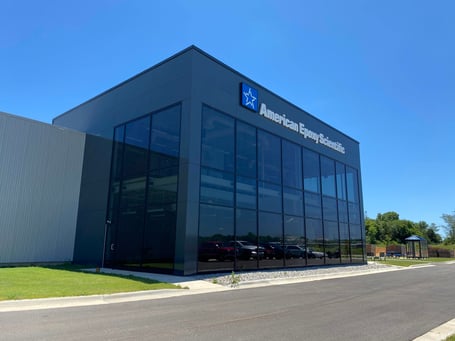
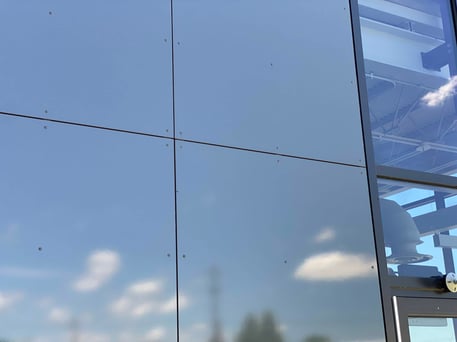
American Epoxy Scientific Headquarters
American Epoxy Scientific wanted a glossy, durable material that would keep its appearance for years to come without needing a replacement. They selected Fundermax because the façade product was not only cost-effective, but also met their needs for aesthetics, durability, and wall panel longevity.
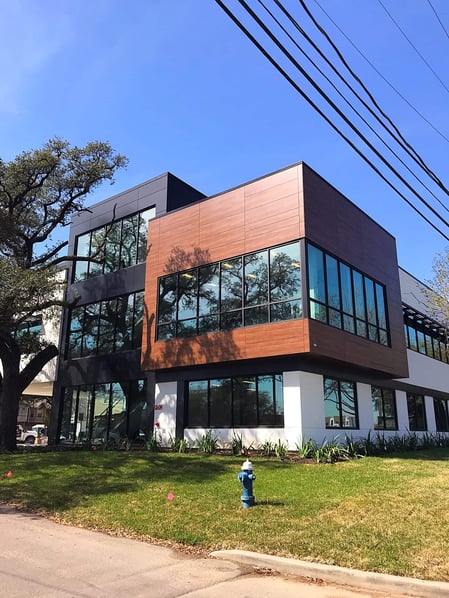
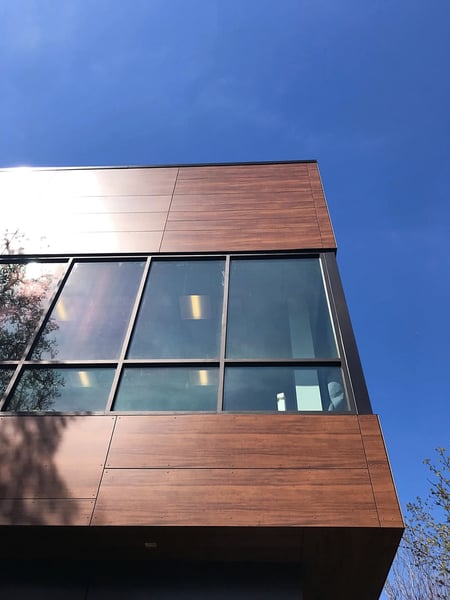
EDIFIS Group Office Building
A key attraction to Fundermax panels for the project was the ability to have a woodgrain aesthetic with little to no maintenance over the years. The clients appreciate the Max Compact Exterior wall panel's longevity and durability.
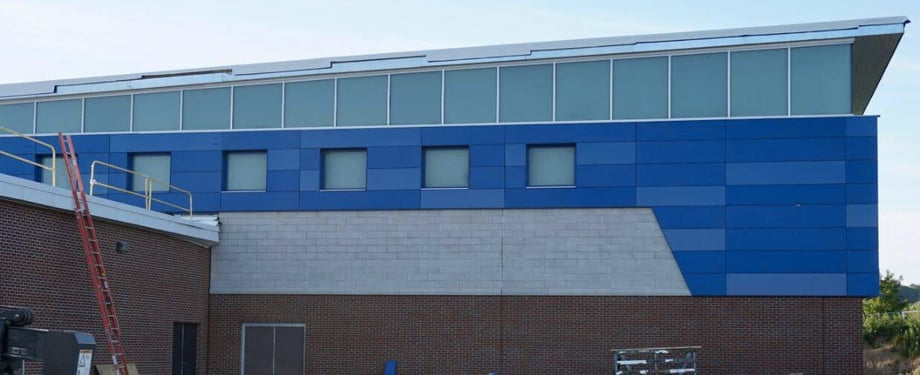
Victor Central School District
The design freedom and lifespan of our Max Compact Exterior phenolic cladding panels made them the right choice to create a practical, durable, and cohesive design that is low maintenance, code-compliant, and sustainable.
So, how long do phenolic panels last?
Generally speaking, as we mentioned above, an HPL panel lifespan can be 40-60 years. But, in order to ensure you choose phenolic panels with reliable longevity and maximum design freedom, be sure to work with highly reputable and globally trusted phenolic panel manufacturers like Fundermax. We proudly go above and beyond the bare minimum in creating phenolic panels with proven durability and longevity.
Contact us today about incorporating Fundermax phenolic wall panels into your next project.

